Cover letter template for schengen visa
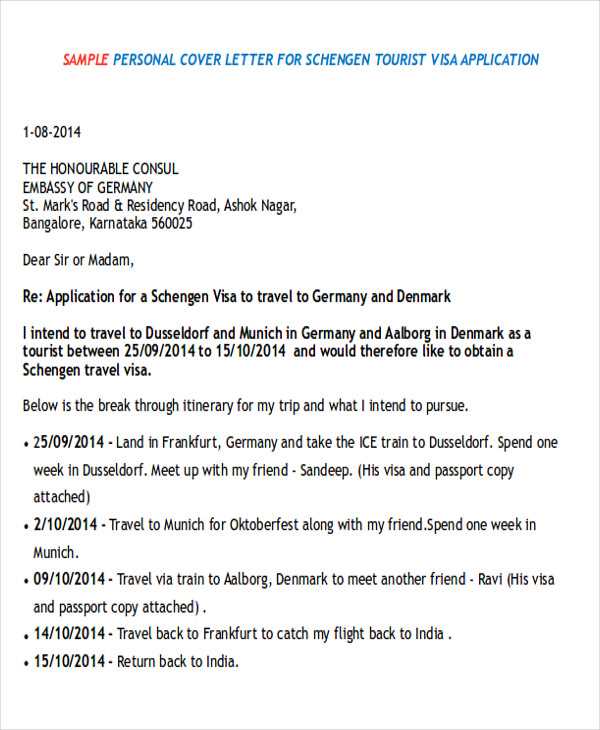
A well-structured cover letter plays a significant role in your Schengen visa application. It’s your chance to directly communicate your travel intentions and provide essential details to the consulate. Address your purpose of visit clearly and explain how you meet all the necessary requirements.
Start with a formal greeting and mention the consulate to which you’re submitting your application. Clearly state your name, nationality, and the purpose of your travel. Be specific about your travel dates, and ensure that you include information about your itinerary and accommodations. This will reassure the authorities that your visit is well-planned.
Next, highlight the documents you’ve attached to support your application. Make sure to reference important ones, such as proof of travel insurance, financial stability, and hotel bookings. It’s a good idea to briefly explain any special circumstances related to your visa request, like whether you’ve traveled to the Schengen area before or have prior visa refusals.
Conclude your cover letter with a polite request for a visa approval and express your willingness to provide further information if necessary. Make sure to sign the letter and include your contact details. Following this format will help you create a clear and professional cover letter that increases your chances of a successful visa application.
Here are the corrected lines with minimal repetition:
When preparing your cover letter for a Schengen visa, focus on clarity and conciseness. Avoid unnecessary repetition and make sure each sentence serves a specific purpose. Here are some tips for improving your letter:
1. Start with a clear introduction
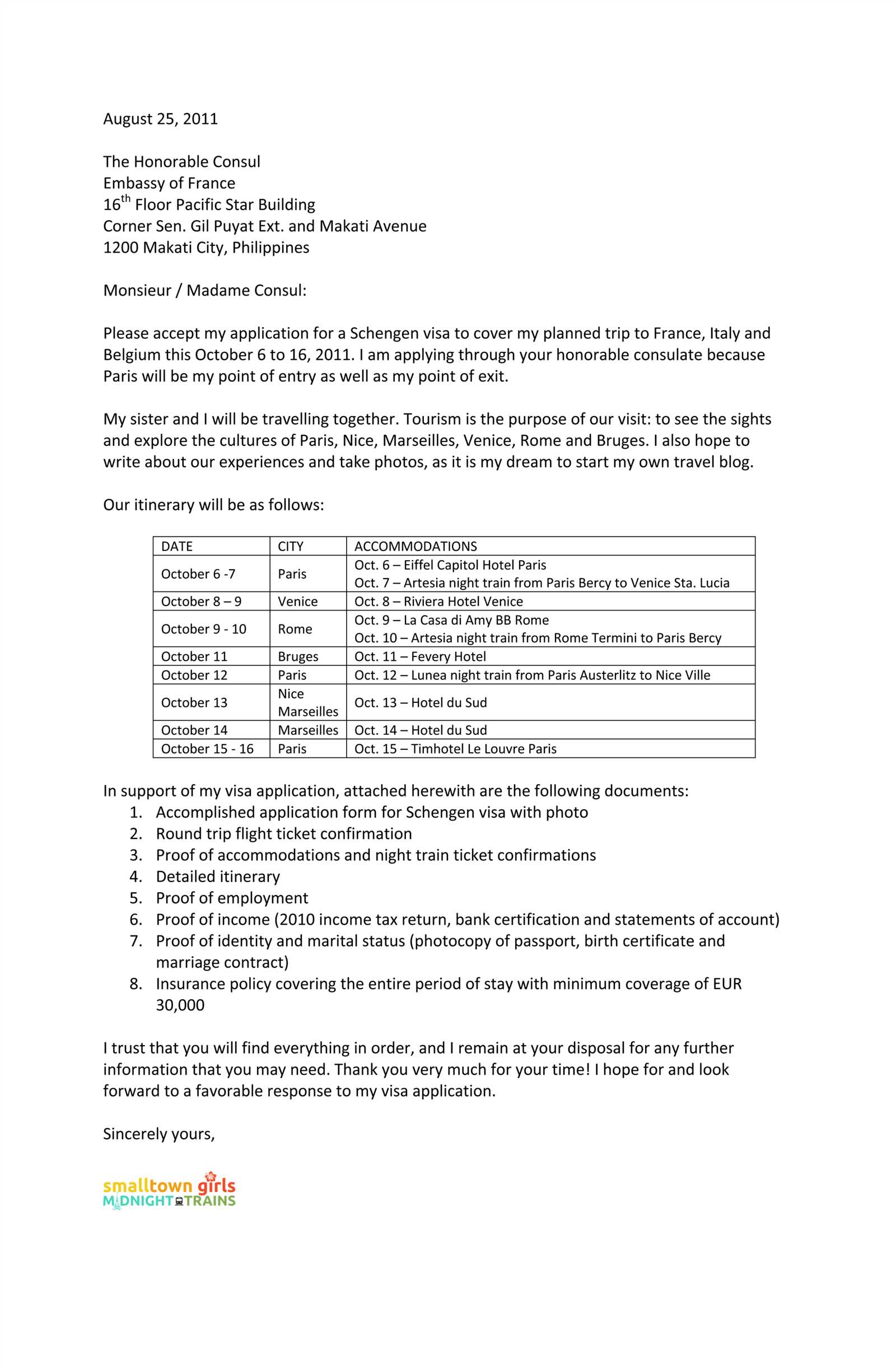
- Avoid repeating your personal details in the opening. Instead, clearly state your purpose for traveling and the reason for applying.
- Be direct in addressing the embassy, mentioning the type of visa you are applying for.
2. Be precise in your trip details
- Provide a brief itinerary with dates and destinations, omitting any extraneous details that don’t add value.
- State your accommodation and financial arrangements clearly, without repeating the same information in multiple sections.
3. Conclude with a strong closing
- Summarize your intent and confirm your commitment to returning after your visit.
- Thank the consulate for their consideration without over-elaborating.
By focusing on key points and avoiding repetition, your cover letter will appear more professional and to the point, increasing your chances of approval.
- Cover Letter Template for Schengen Visa
Begin your cover letter with a clear statement of intent. Mention the purpose of your trip to the Schengen area, such as tourism, business, or family visit. Clearly state the dates of your planned stay, including your entry and exit dates. This information helps consular officers understand the specifics of your trip.
Follow with a brief introduction about yourself. Provide your full name, nationality, occupation, and current place of residence. If you’re employed, include your job title, employer’s name, and a few lines about your responsibilities. This gives the consulate a snapshot of your background.
Next, include details about your travel itinerary. Mention the countries you plan to visit, the cities, and any pre-arranged accommodation (hotel reservations, invitation letters, etc.). Make sure to specify your intended date of arrival and departure for each country. If applicable, mention any flights or train tickets you’ve already booked.
Explain how you will finance your trip. Include details about your financial situation, such as your income or savings, and provide evidence like bank statements, sponsorship letters, or proof of accommodation. The consulate needs assurance that you can support yourself during your stay.
In the final section, reassure the consulate that you plan to return to your home country after your visit. Mention ties that will compel your return, such as family, work, or property. This will help establish that you are a genuine traveler and not intending to overstay your visa.
End the letter with a polite closing, offering to provide any further documentation or information needed. Sign the letter and include your contact information (phone number and email). This demonstrates professionalism and openness for further communication.
Choose a formal, professional format for your Schengen visa cover letter. Start with your name, address, and contact details in the top left corner. Below this, include the date and the embassy’s address. Next, use a formal salutation such as “Dear Sir/Madam” or “To Whom It May Concern.”
In the body, organize your content into clear, concise paragraphs. Begin with a brief introduction, stating the purpose of your visit and the dates of your travel. Follow with specific details regarding your trip, accommodation, and financial arrangements. Conclude with a polite closing, expressing gratitude for their time and consideration.
Maintain a clean, readable layout with consistent font size and margins. Avoid unnecessary decorations, and focus on clarity. The letter should be no longer than one page to ensure it remains concise and to the point.
Begin by clearly identifying the embassy you are addressing. Use the official name of the embassy or consulate, followed by the country and city. For instance, if applying to the German embassy, state “Embassy of the Federal Republic of Germany, [City Name].” Avoid generic terms such as “Dear Sir/Madam” when addressing the letter, as it lacks formality and specificity.
Use Correct Titles
Always use the correct title for the ambassador or consular officer. If you know the name, address the person directly using “Dear [Title] [Last Name].” If unsure, you may use “Dear Sir or Madam” as a safe option, but double-check to see if you can find the specific name on the embassy’s website.
Formal Tone and Structure
Maintain a formal tone throughout your letter. Address the embassy as “Your Excellency” or “Honorable Consul” if you know the specific position of the recipient. This shows respect and professionalism. Follow a clear structure for your address, with the embassy name and your contact details neatly formatted at the top of the letter.
Clearly state the dates of your arrival and departure. Provide the exact number of days you’ll spend in the Schengen Area, including arrival and departure dates. This helps the authorities verify your travel purpose and duration.
Accommodation Details
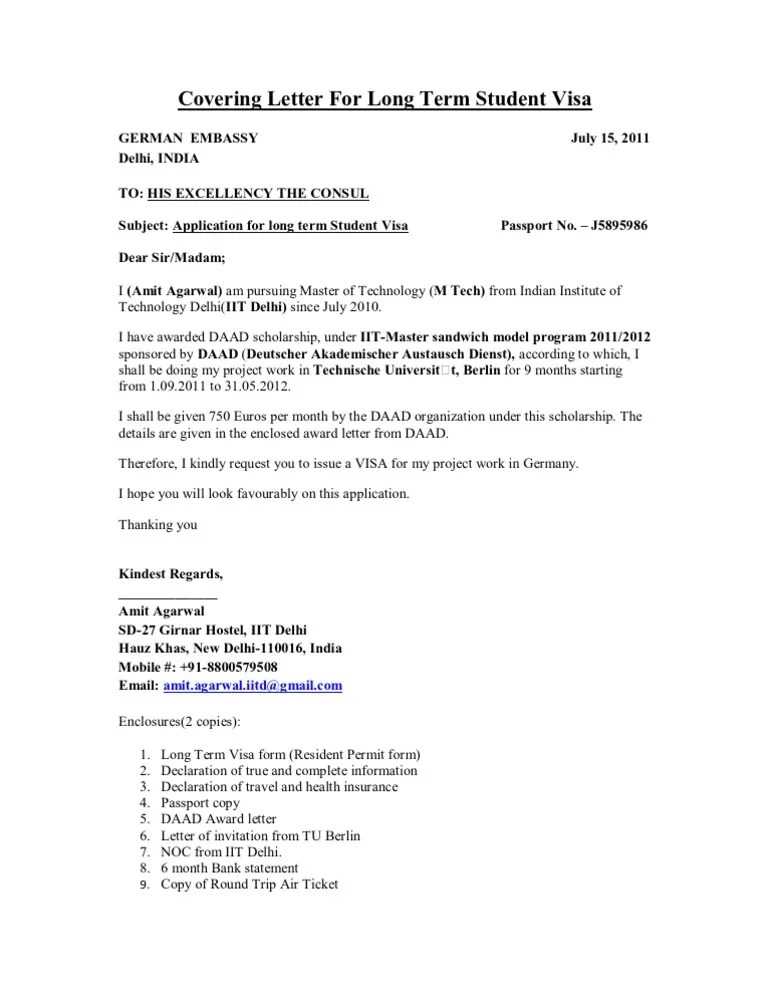
Provide the address and contact details of the places you will stay, such as hotels or private residences. If you’re staying with a friend or relative, include an invitation letter from them, outlining your accommodation arrangements.
Travel Itinerary
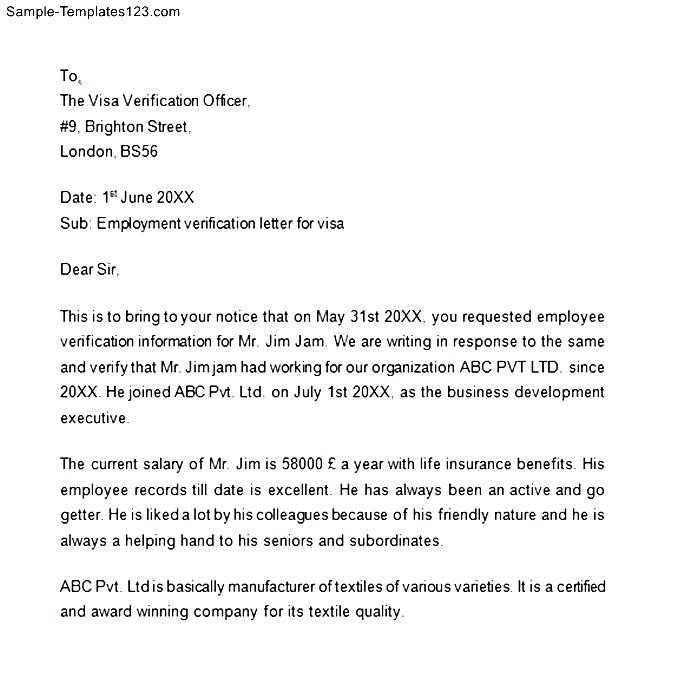
List all planned destinations within the Schengen Zone. Mention the countries you’ll visit, the dates, and any internal travel (e.g., flights or train rides) within the region. Ensure your itinerary aligns with your accommodation bookings and visa type.
Always ensure the information is precise and well-organized. Discrepancies in your travel details can delay the visa process or result in a denial.
Clearly outline your financial situation in a concise manner. Include specific details such as your current employment, monthly income, savings, or other assets that demonstrate your ability to support yourself during the trip. Be transparent about your financial standing and ensure it aligns with the duration and cost of the planned travel.
Provide Financial Documentation
Attach recent bank statements, proof of income, or tax returns. These documents should cover at least the last three months to reflect your current financial situation. Make sure the documents are easy to read and clearly show sufficient funds to cover travel expenses, accommodation, and daily expenses.
State Your Employment or Business Situation
If employed, mention your position, the name of your employer, and how long you have been with the company. If you own a business, explain the nature of the business and your role. This helps prove financial stability and the likelihood of returning to your home country after the trip.
Provide clear and specific details about your travel insurance plan. Include the coverage period, starting and ending dates, and confirm that the plan covers medical expenses abroad. Specify the amount of medical coverage and whether it includes emergency medical evacuation or repatriation. If your plan includes coverage for trip cancellations or interruptions, mention this as well.
Make sure to highlight the insurance provider’s name and contact details. This allows consular staff to verify your coverage easily. If applicable, also note any special provisions, such as coverage for COVID-19-related incidents or other specific needs relevant to your trip.
- Include the name of the insurance company and the policy number.
- State the coverage limits for medical expenses and emergency evacuation.
- Confirm the insurance is valid for the entire duration of your stay in the Schengen Area.
- Provide contact information for assistance in case of emergencies abroad.
Ensure that your insurance policy complies with the Schengen visa requirements, which typically ask for a minimum coverage of €30,000 for medical expenses. Attach a copy of the insurance certificate to your application for verification purposes. This demonstrates that you have the necessary protection while traveling, which can help smooth the visa approval process.
End your cover letter with a strong closing statement that reinforces your enthusiasm for the opportunity. Restate your desire to contribute positively and highlight your key qualifications once more. This keeps your application focused and makes a lasting impression.
Key Elements for the Conclusion
Ensure your conclusion contains the following elements:
| Element | Description |
|---|---|
| Polite Closing | Express your appreciation for the reader’s time and consideration, offering a courteous end to the letter. |
| Contact Information | Reaffirm your availability for an interview or to provide additional details. Include your phone number and email for easy follow-up. |
| Positive Ending | Finish with an optimistic note, expressing your hope for a follow-up discussion or the next steps. |
Final Thought
Conclude with a phrase that indicates eagerness to hear back, such as “I look forward to the opportunity to discuss my application further.” This shows confidence without being overly assertive.
Cover Letter for Schengen Visa Application
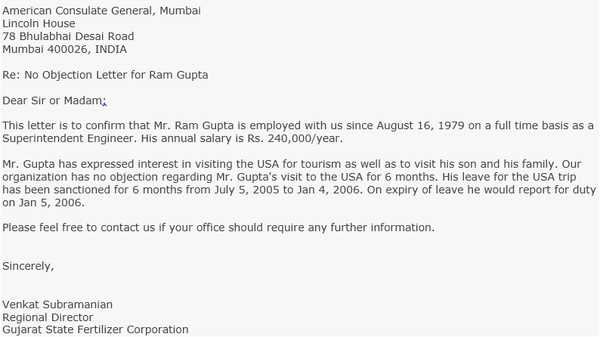
Ensure the letter is addressed to the specific embassy or consulate handling your application. Start by stating the purpose of your trip and the dates of your intended stay in the Schengen Area. Be clear about the countries you plan to visit and why. Provide supporting details about your accommodation and flight bookings, ensuring these match your itinerary.
Next, explain your financial means for the trip. Mention if you have a stable income or if a sponsor will be covering the costs. Attach proof of funds like bank statements or pay slips. Confirm that you have travel insurance that meets the Schengen visa requirements, and include the policy details.
Conclude the letter by stating your intention to return to your home country after your visit. Highlight any obligations, such as work, family, or property, that will ensure your return. Sign the letter and include your contact information at the bottom. This will help the consulate easily reach you for further details or clarifications.